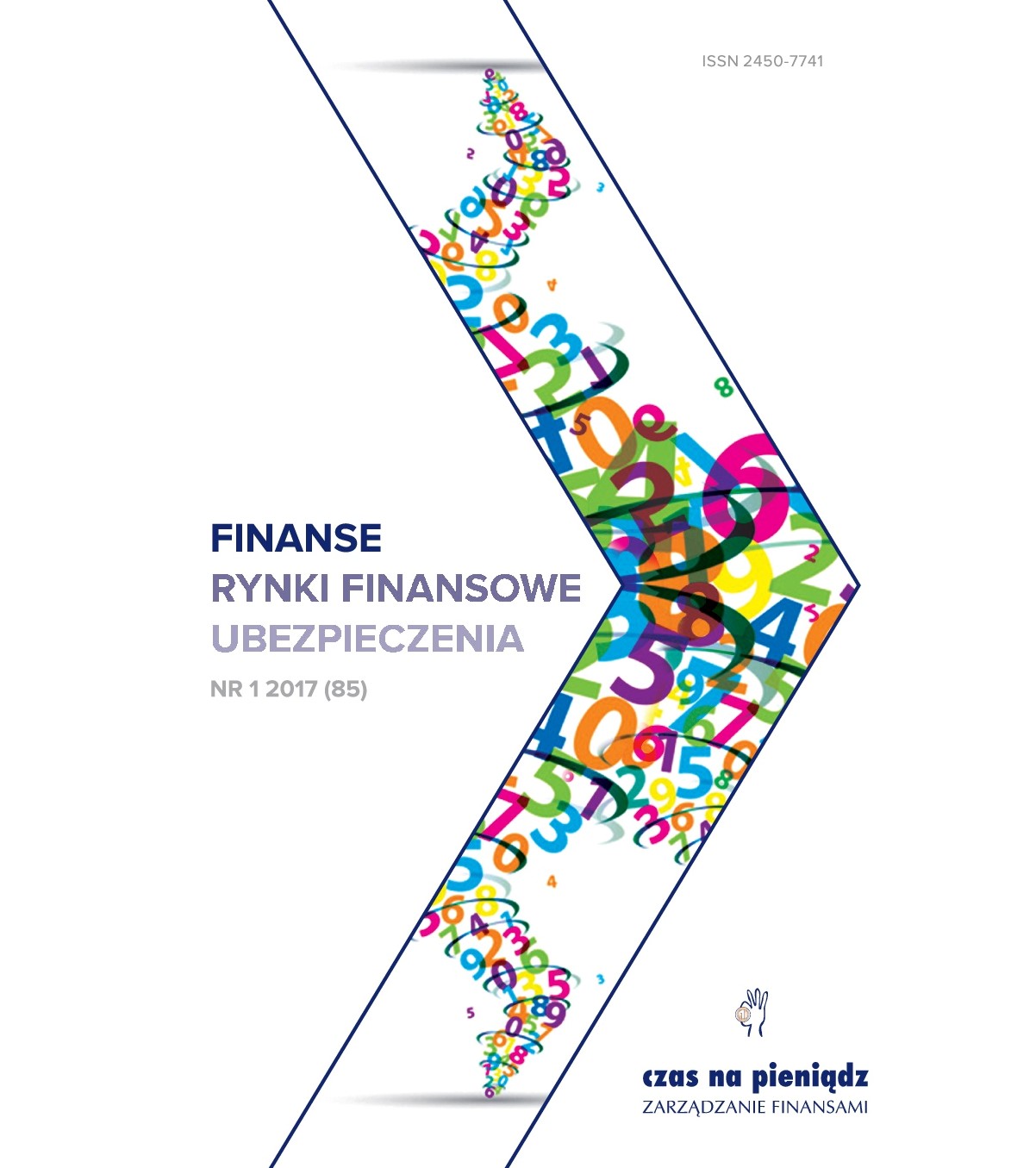Szacowanie kosztu kapitału własnego spółek górniczych z zastosowaniem modelu D-CAPM
Estimating the Cost of Equity for Mining Companies Using D-CAPM Model
Author(s): Robert Ranosz, Barbara KowalSubject(s): Economy, Business Economy / Management
Published by: Wydawnictwo Naukowe Uniwersytetu Szczecińskiego
Keywords: cost of capital; mining; downside beta; D-CAPM
Summary/Abstract: This article is devoted to estimating the cost of equity using the model D-CAPM. The aim of the article is to present the said methods and presentation of sample calculated for selected mining companies and mining sector (WIG-raw). Article consists of four parts. In the introduction to the article specified the purpose of the work. In the second part of the development shows the methodology for estimating the cost of equity using method D-CAPM. The General form of the model is almost the same as the generic method IE. CAPM. The main difference between presented method from classical CAPM is a way of calculating the beta factor. In the case of the CAPM is calculated on the basis of the variance, and the D-CAPM is calculated on the basis of semivariance. It is assumed that when we are dealing with normal (symmetric) distribution of rates of return then it is using the traditional CAPM model, where the distribution of rates of return is asymmetrical if legitimate is the use of D-CAPM. It is suggested that the model used in situations when the distribution of rates of return was unbalanced downside. It must be stressed, however, that the choice of the method mainly depends on the investor and his penchant for risk. Another chapter is devoted to examples of calculated estimation of the cost of equity capital for selected Polish mining companies and the mining sector by using the CAPM, and D-CAPM. As a result of the study found that out of selected mining companies only, however, is characterized by a normal distribution of rates of return, and in her case, the cost of equity (risk) can be taken at a lower level. It was also noted that just but the company shows the distribution of asymmetrical downside. The final chapter provides a summary of this study. The whole article closes the list of the literature.
Journal: Finanse, Rynki Finansowe, Ubezpieczenia
- Issue Year: 2016
- Issue No: 82 (2)
- Page Range: 271-278
- Page Count: 8
- Language: Polish

